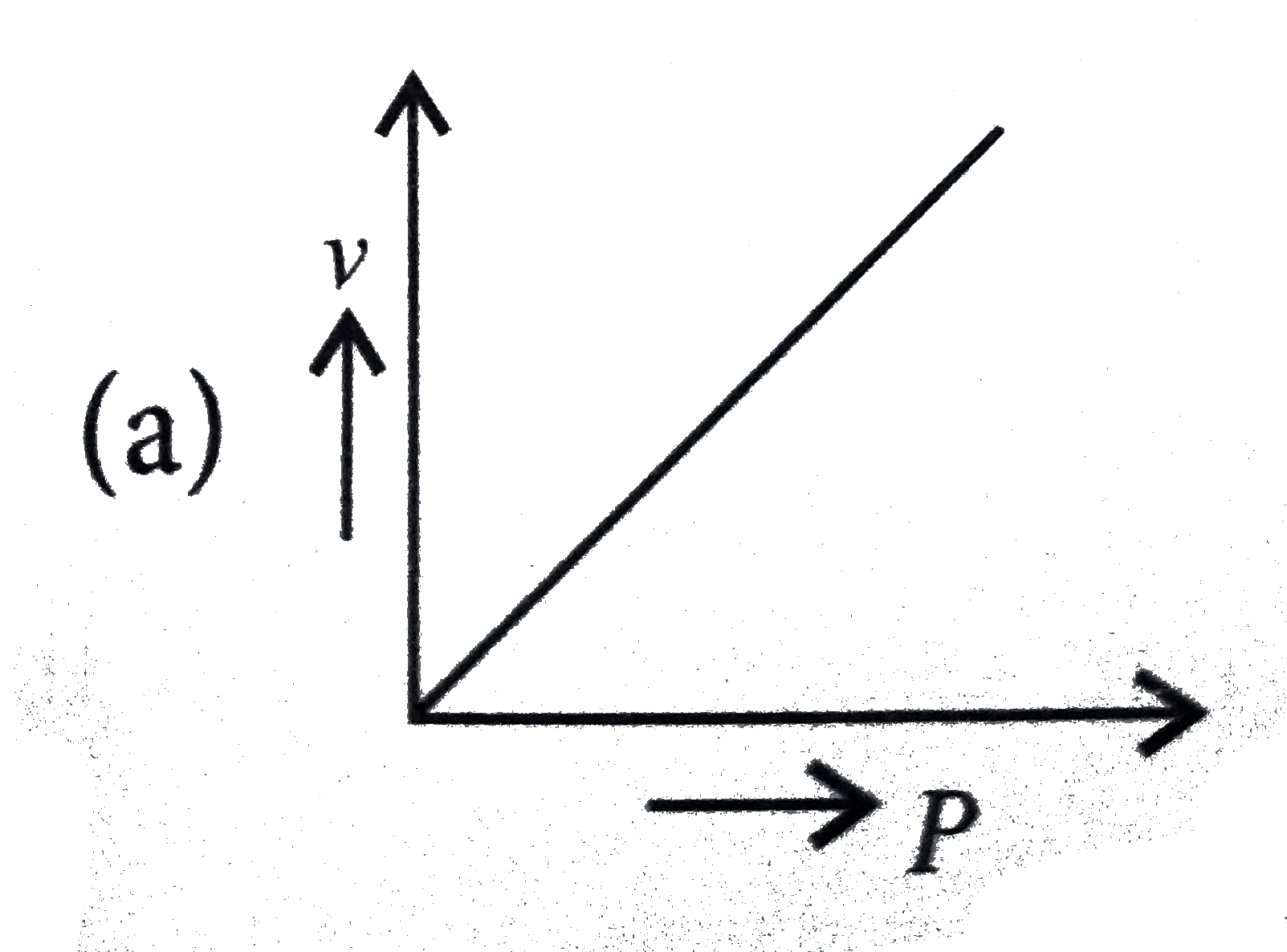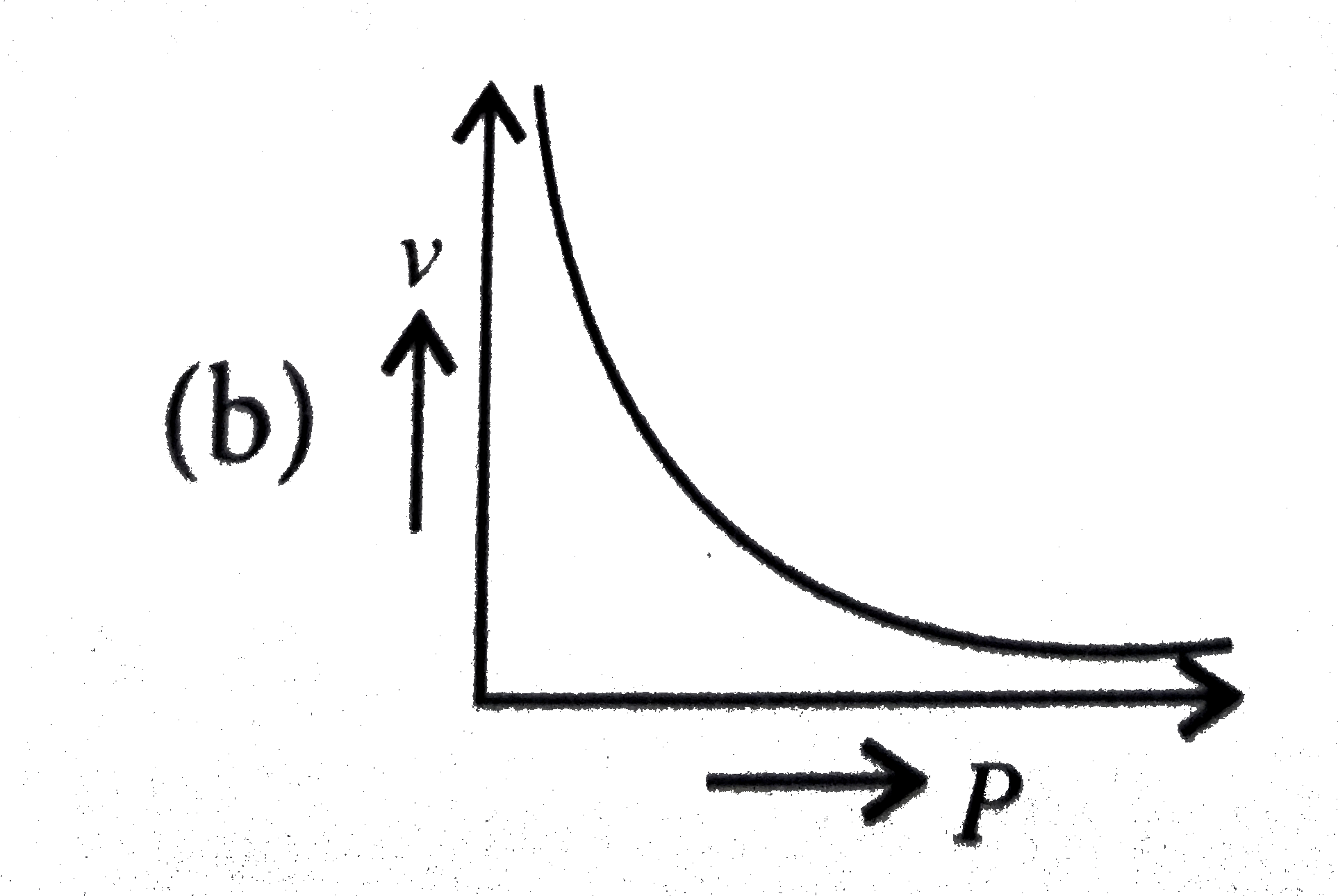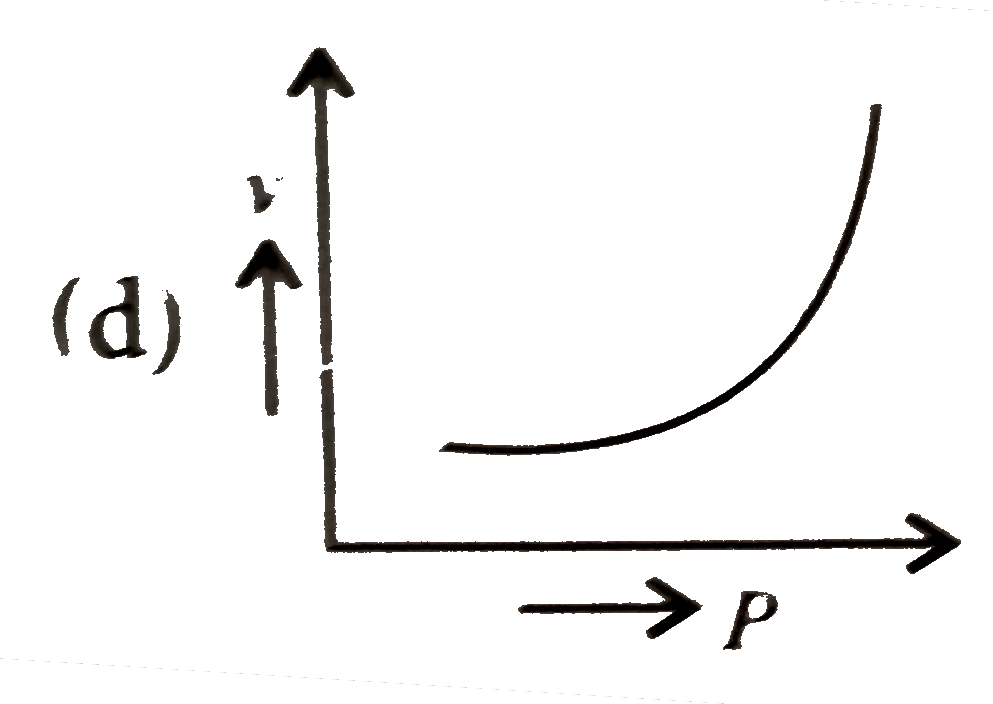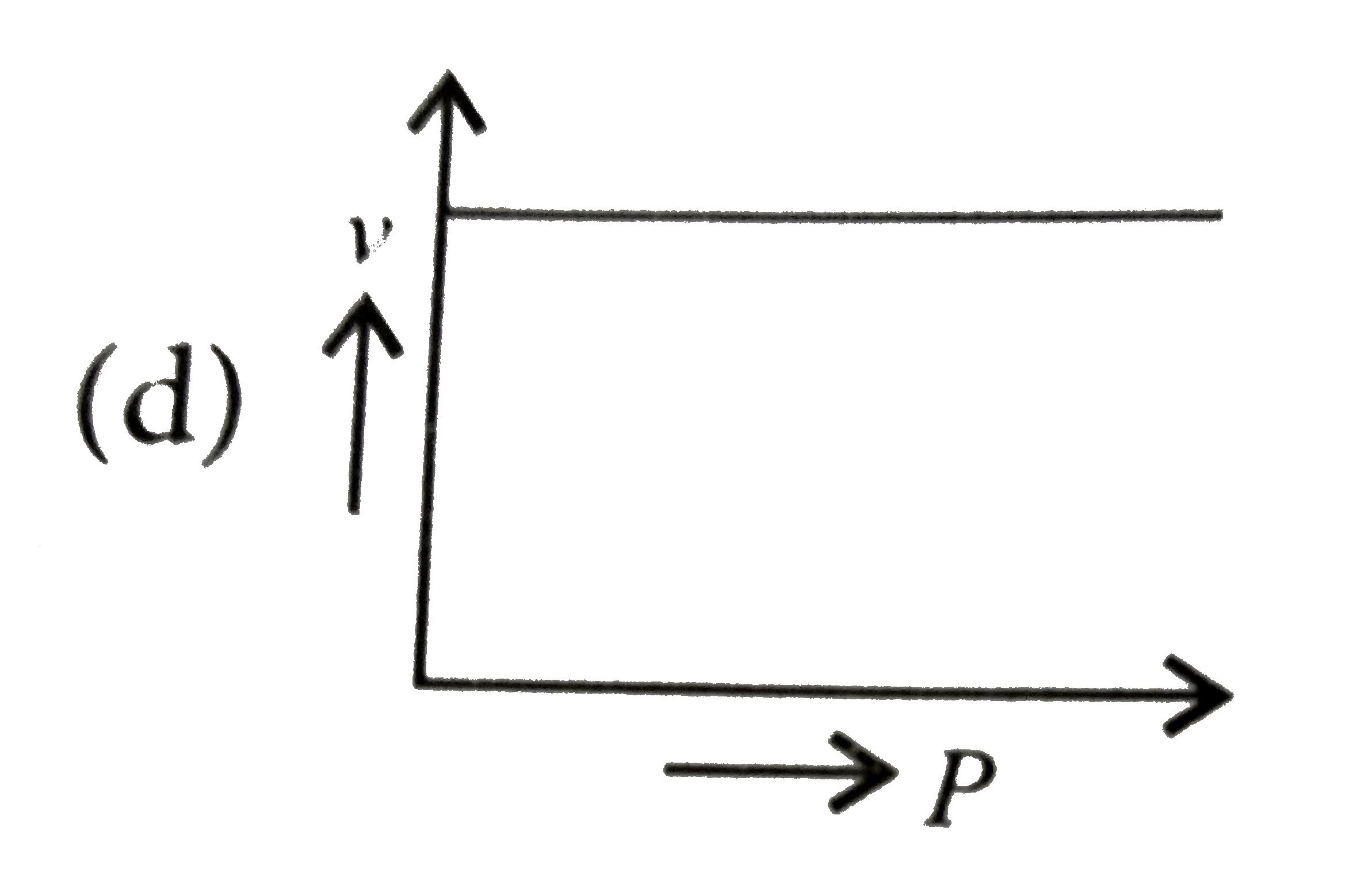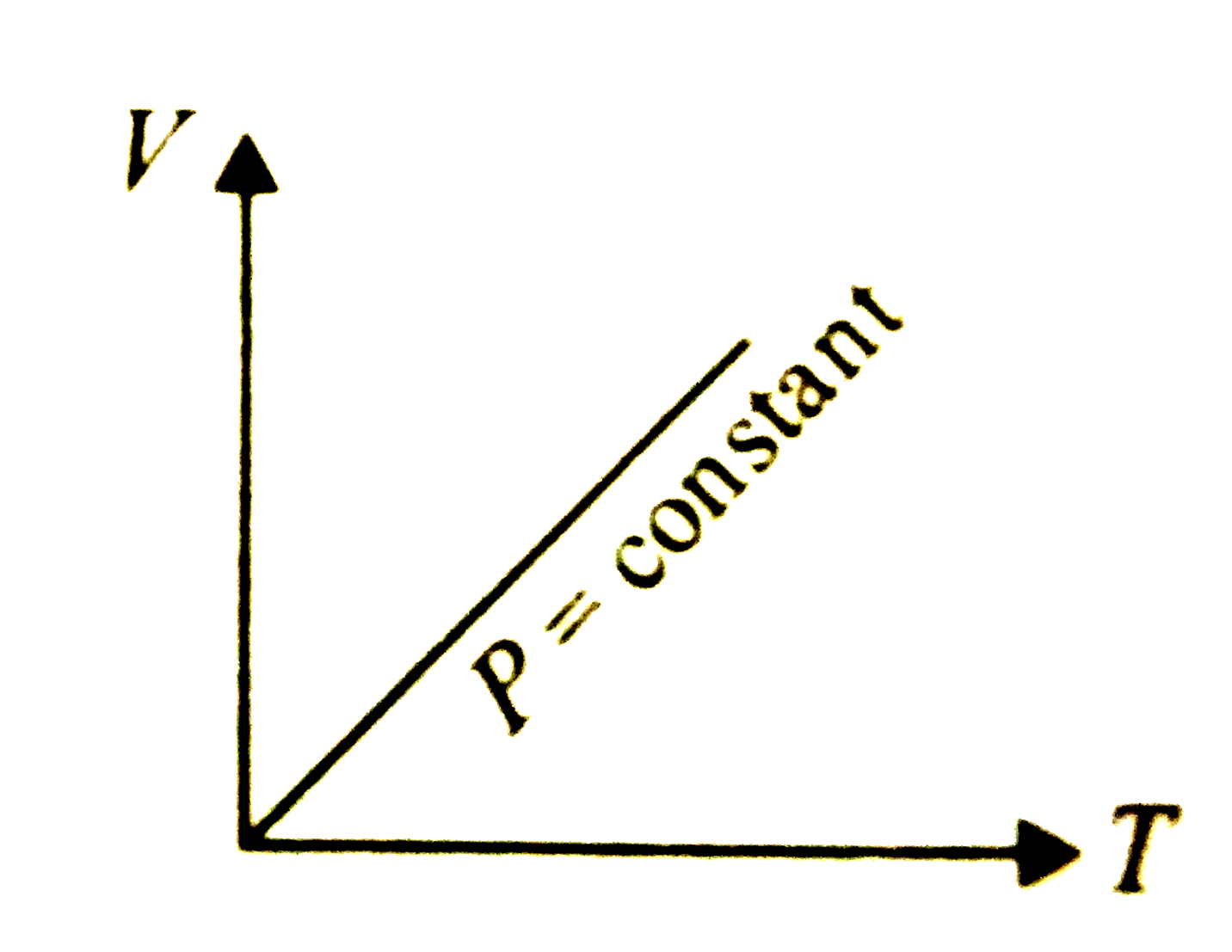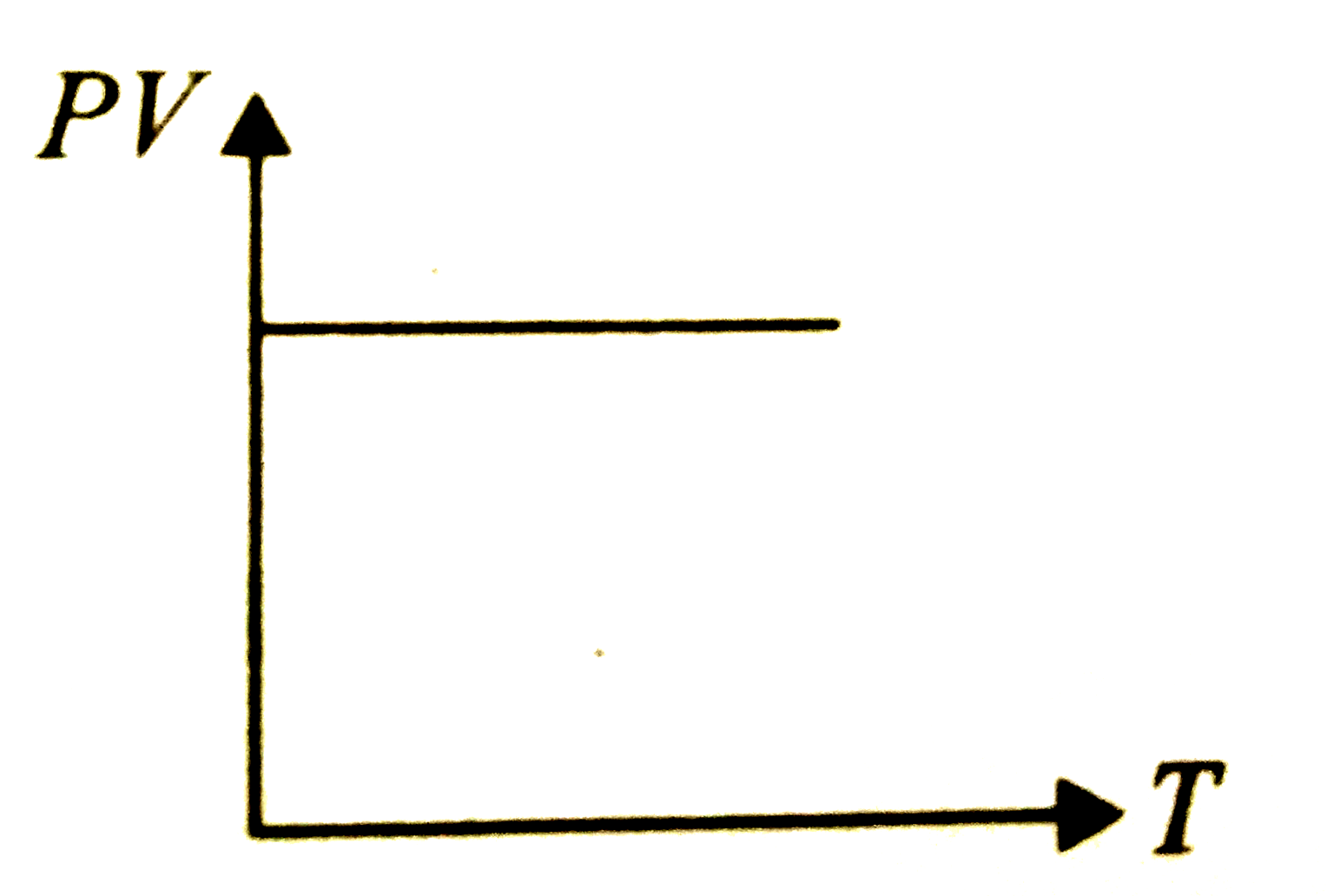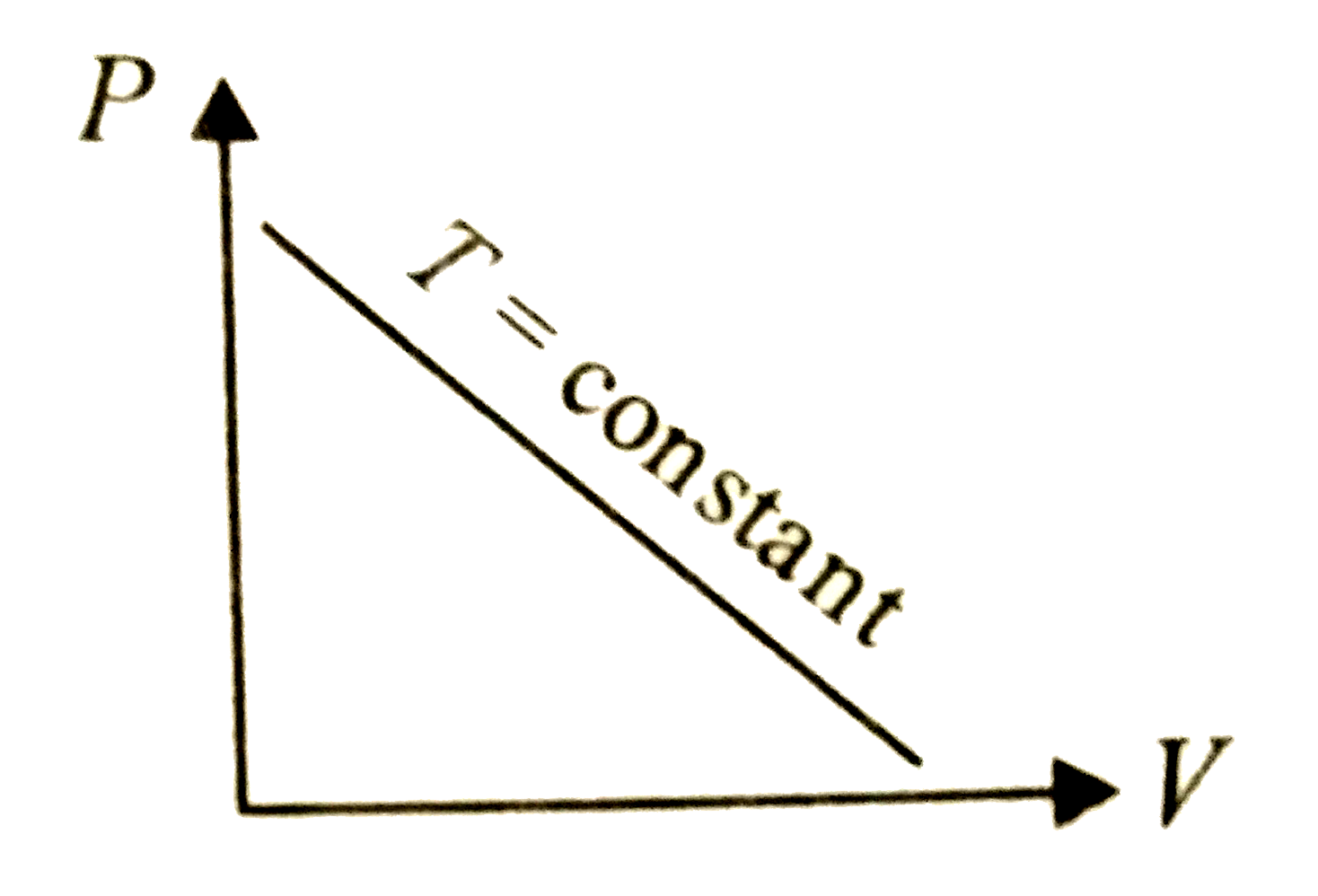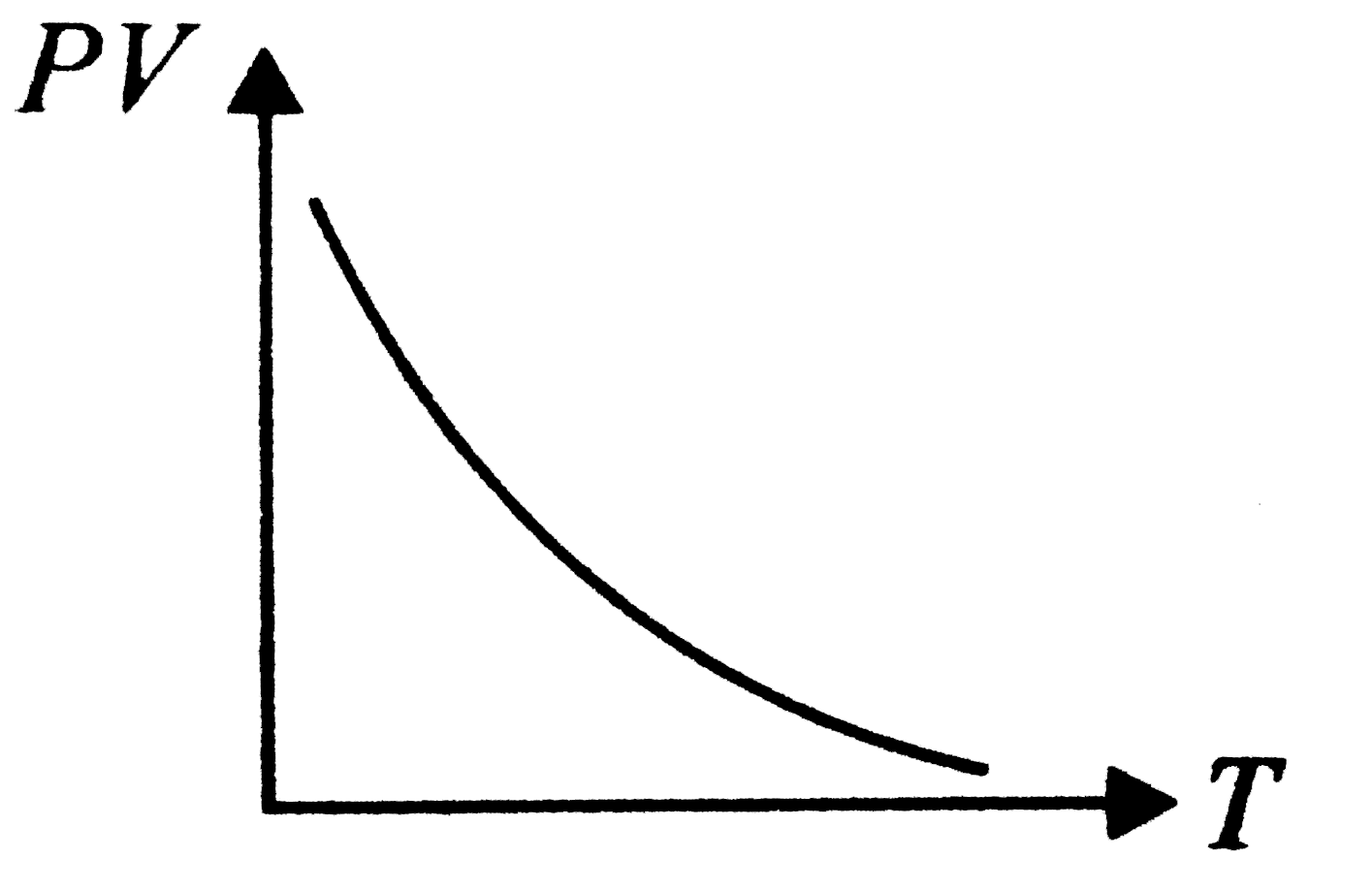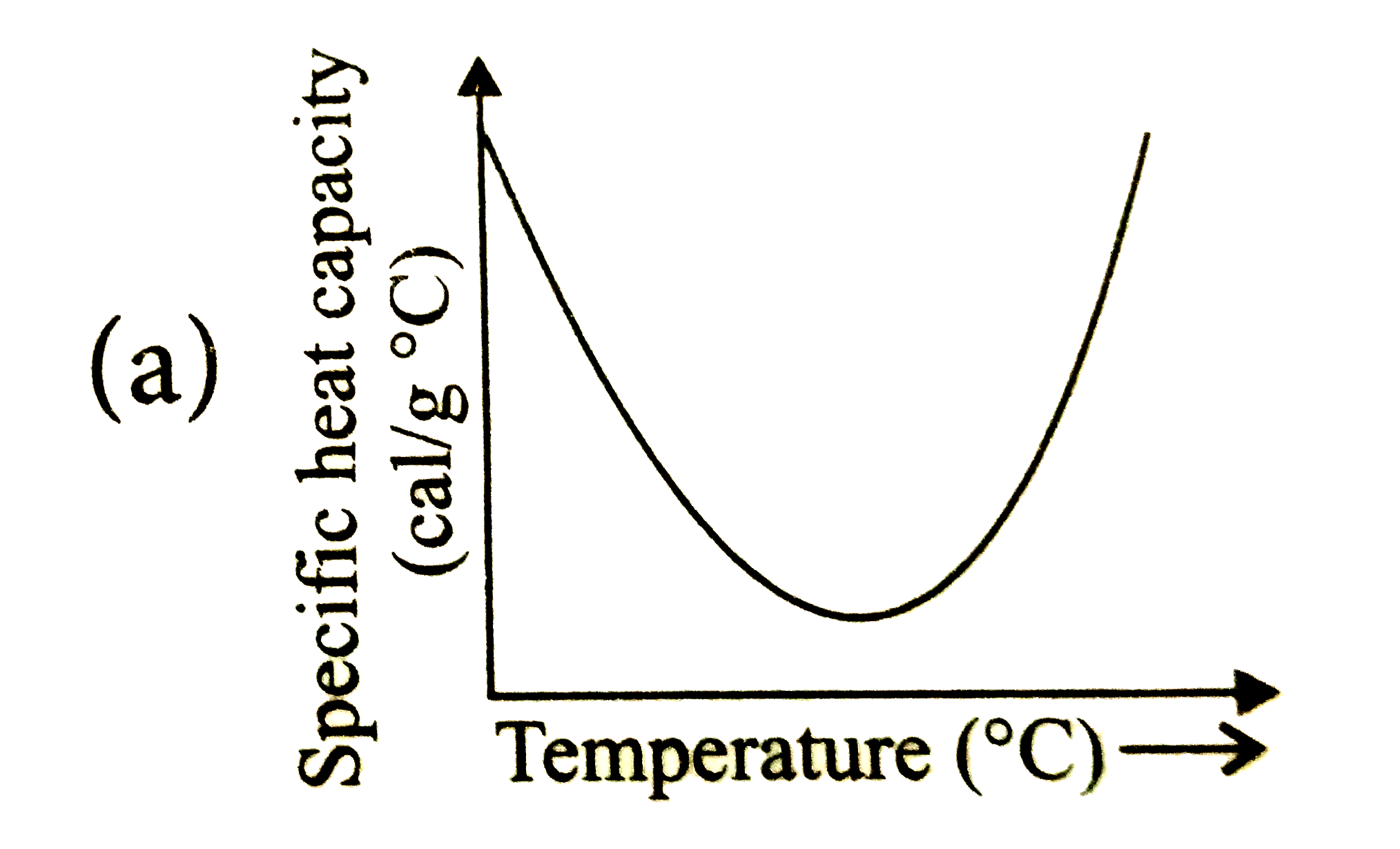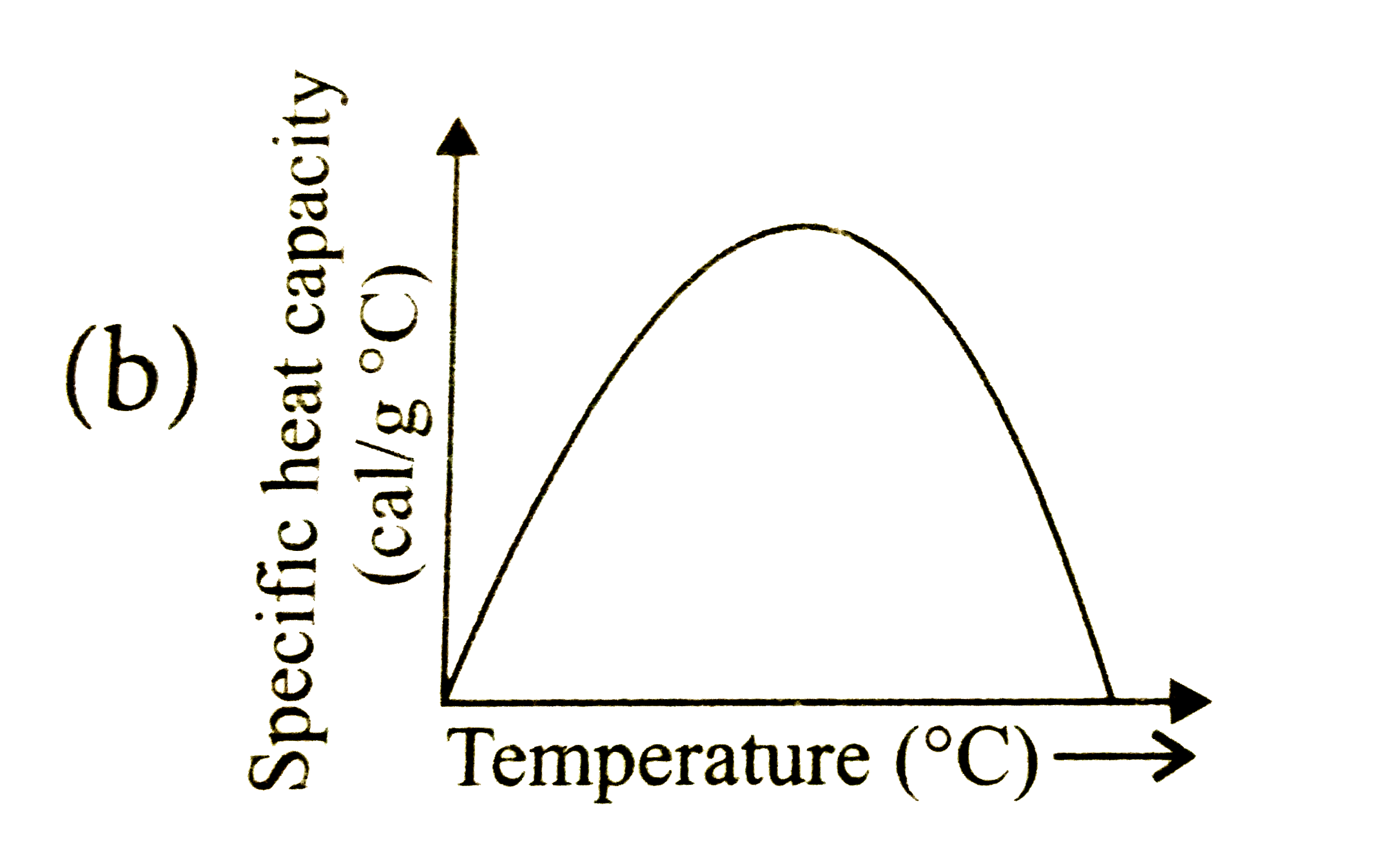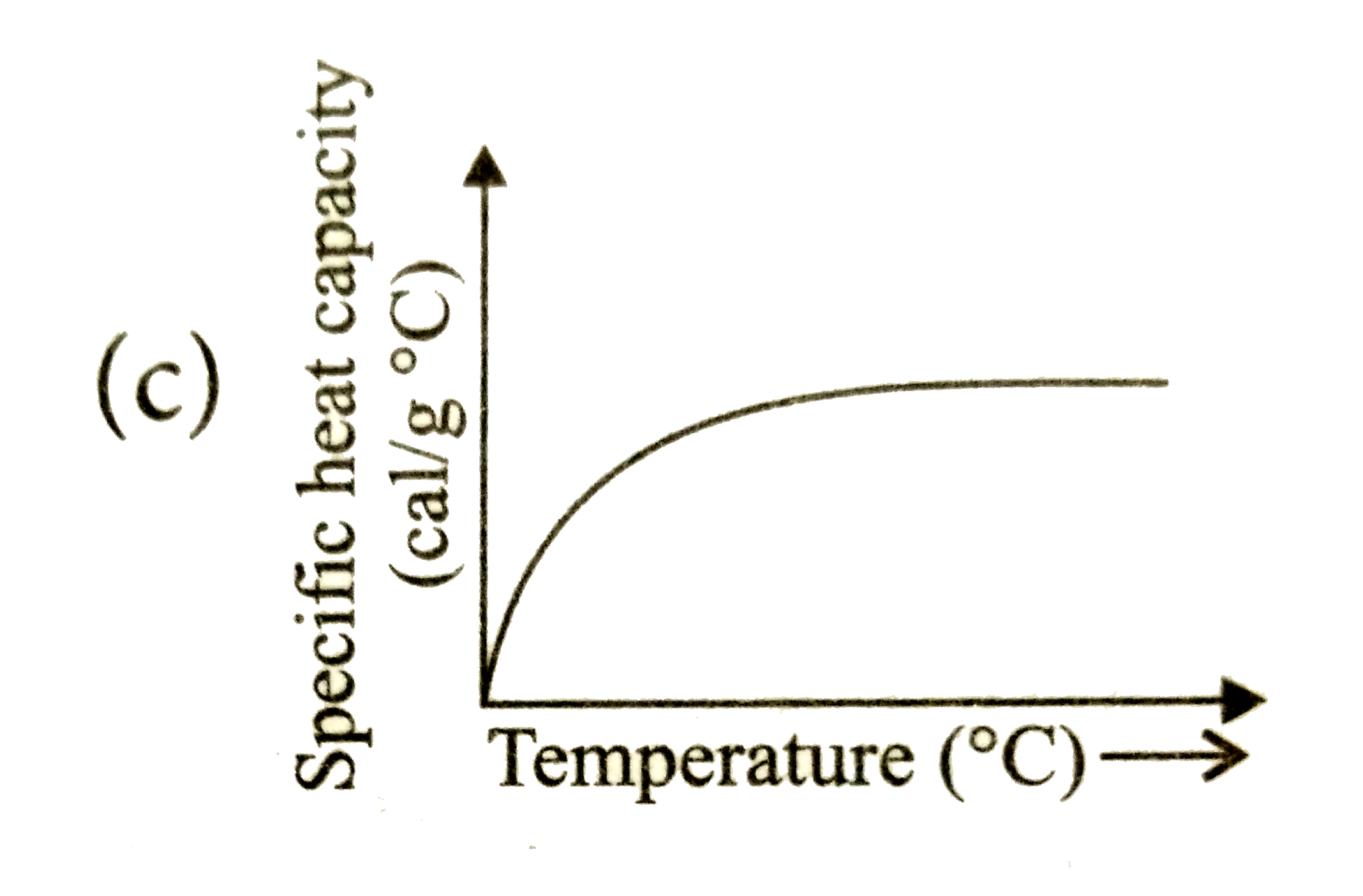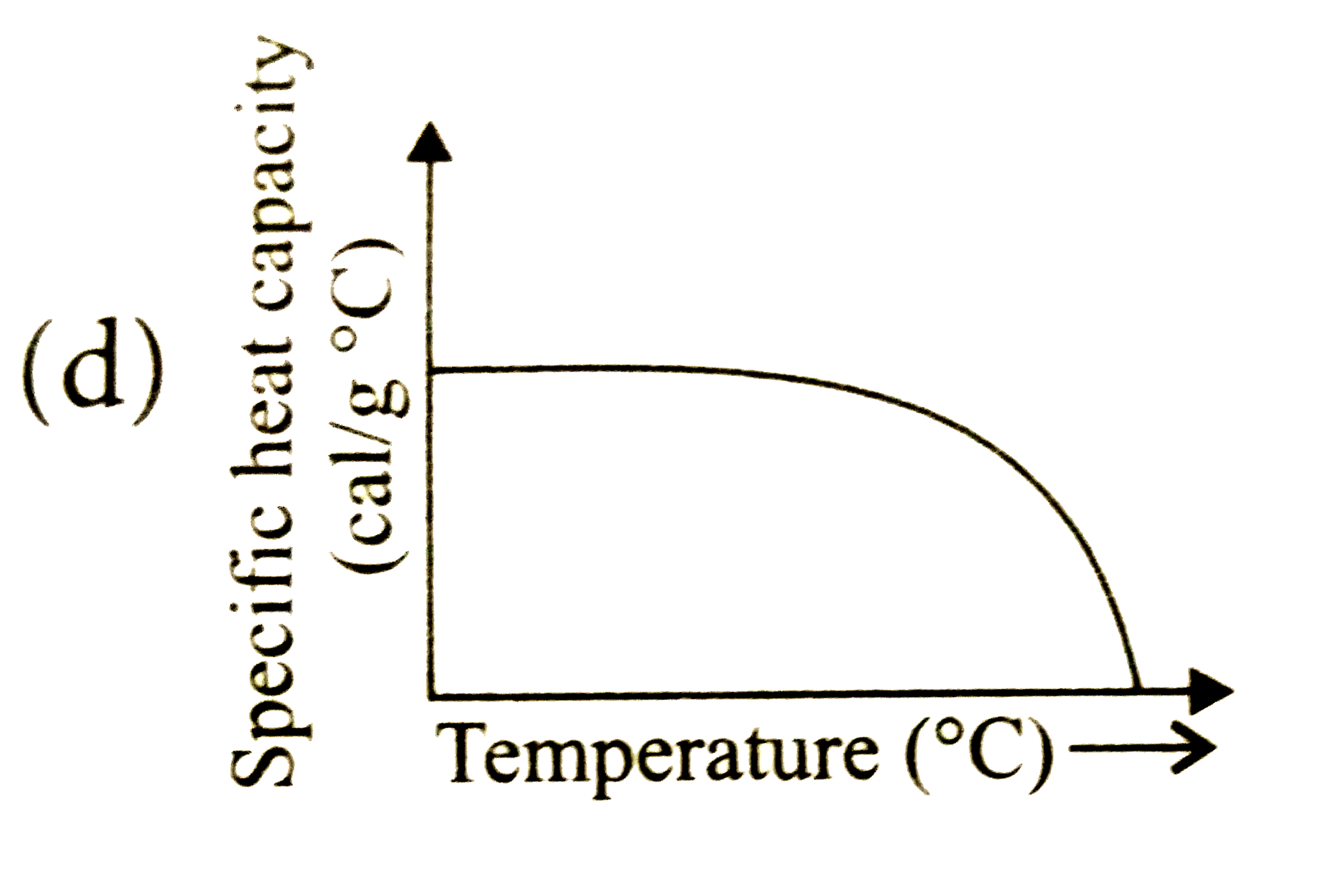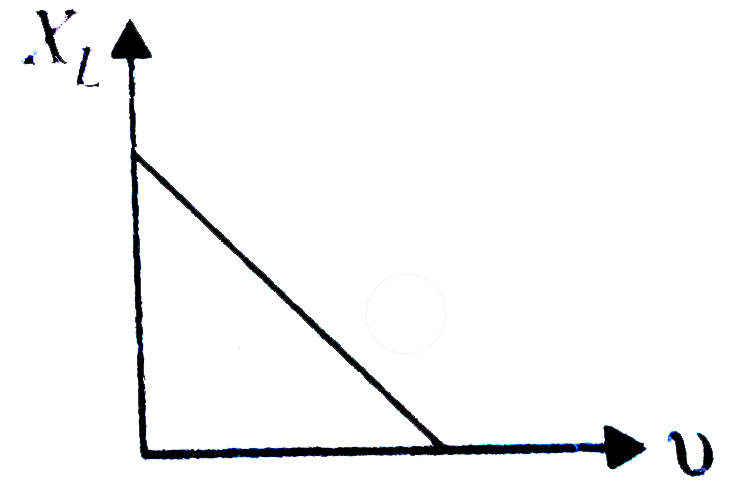A
B
C
D
Text Solution
AI Generated Solution
The correct Answer is:
|
Topper's Solved these Questions
WAVES
NCERT FINGERTIPS ENGLISH|Exercise HOTS|8 VideosView PlaylistWAVES
NCERT FINGERTIPS ENGLISH|Exercise EXEMPLER|10 VideosView PlaylistUNITS AND MEASUREMENTS
NCERT FINGERTIPS ENGLISH|Exercise Assertion And Reason|15 VideosView PlaylistWORK , ENERGY AND POWER
NCERT FINGERTIPS ENGLISH|Exercise Assertion And Reason|15 VideosView Playlist
Similar Questions
Explore conceptually related problems
Knowledge Check
A
B
C
D
Submit
A
B
C
D
Submit
A
B
C
D
Submit
Similar Questions
Explore conceptually related problems
NCERT FINGERTIPS ENGLISH-WAVES-Assertion And Reason
- A student plotted the following four graphs representing the variation...
01:17
|
Playing Now - Assertion : A wave is motion of matter as a whole in a medium. Reaso...
01:37
|
Play - With the propagation of a longitudinal wave through a material medium,...
02:29
|
Play - S(1): Source and observer both are stationary and wind is blowing in a...
03:14
|
Play - Assertion: The change in air pressure effects the speed of sound. Re...
01:54
|
Play - Assertion : The speed of soun in solids is maximum though density is l...
02:03
|
Play - Assertion : Speed of mechanical wave in the medium depends on the velo...
01:35
|
Play - Assertion : The basic of Laplace correction was that, exchange of heat...
01:50
|
Play - Two waves of same frequency and intensity superimpose on each other in...
01:53
|
Play - Statement-1: On reflection from a rigid boudnary (denser medium ), the...
04:32
|
Play - In standing waves, select incorrect
03:11
|
Play - Assertion : The interference of two identical waves moving in same dir...
02:07
|
Play - Assertion: The fundamental frequency of an open organ pipe increases a...
01:58
|
Play - Assertion : The sound emitted by the source travels in all directions....
02:14
|
Play - When a source of sound passes us, whether it be a car horn or a train ...
04:16
|
Play - Statement I: Intensity of sound wave changes when the listener moves t...
01:58
|
Play
